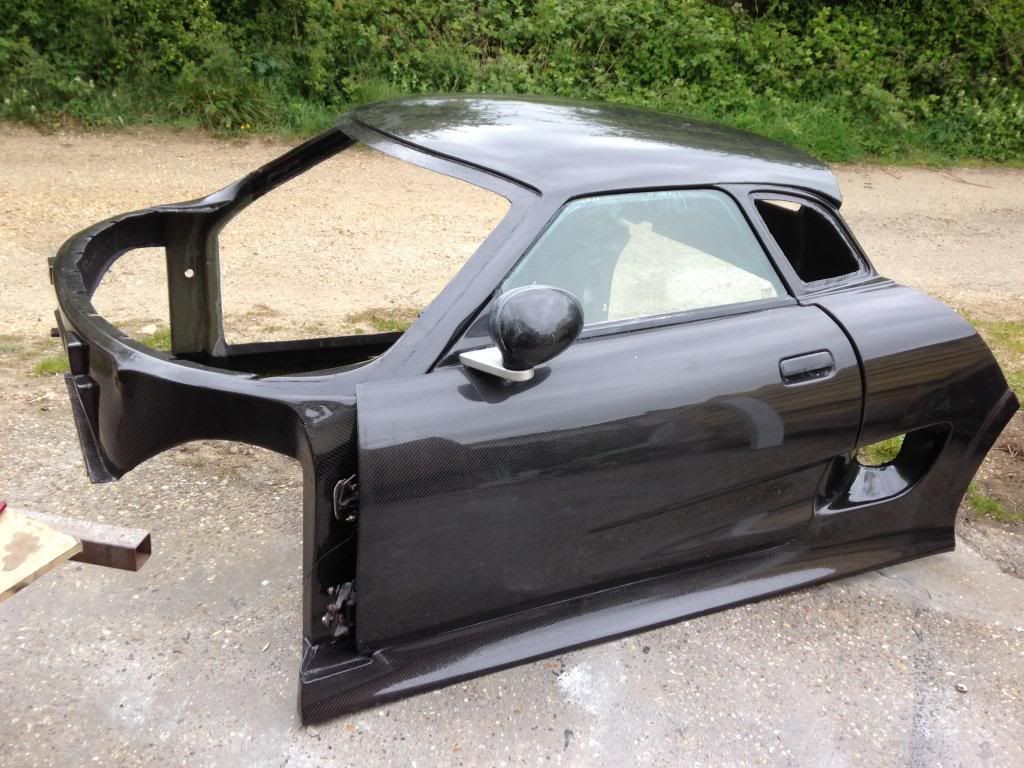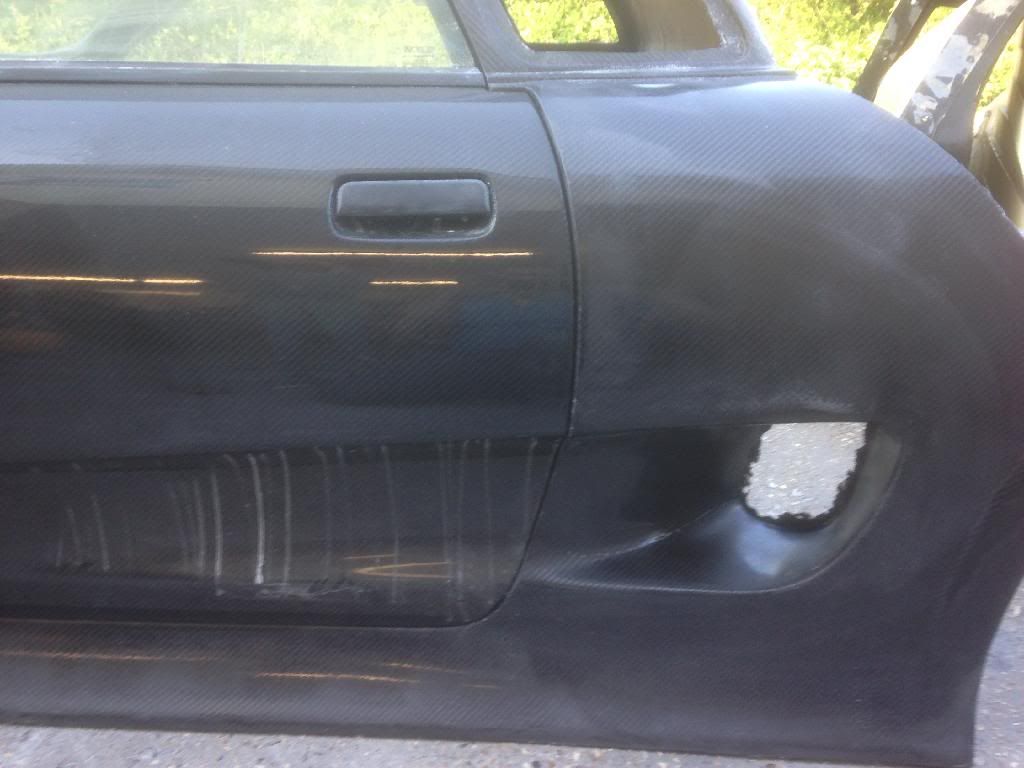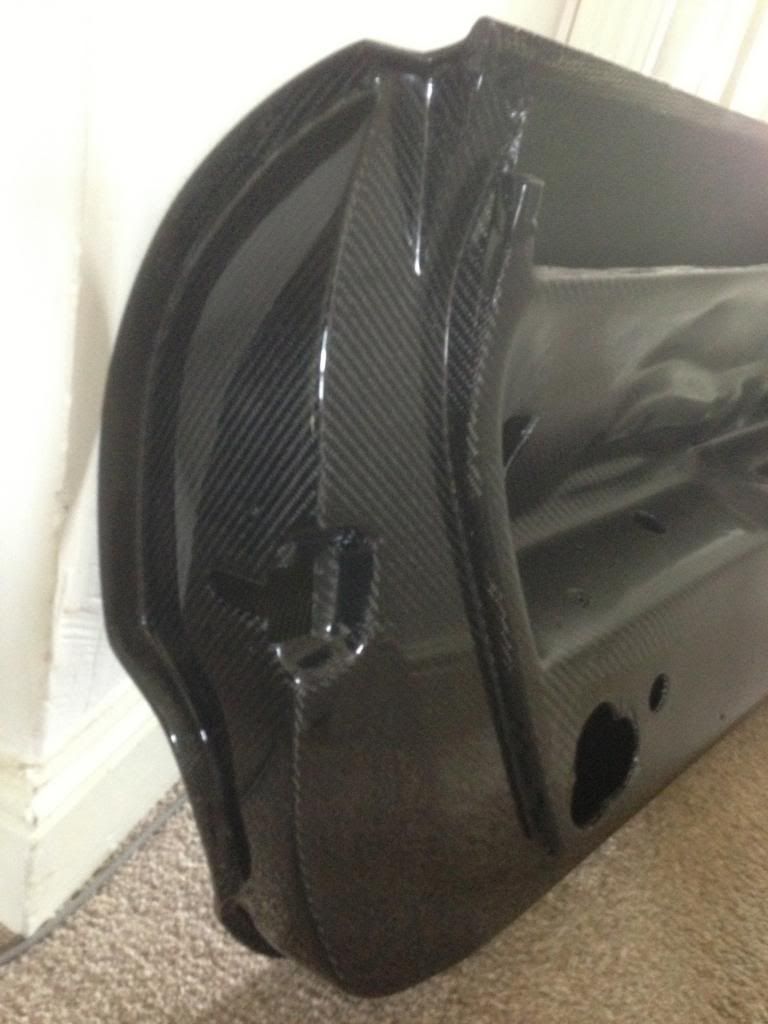Any updates?
This is an old thread, but I am hoping you had success with these now.
Ironically just before you started this I also did some moulds for my doors, as an amateur I had the same issues you did with lifting of the gel coat.
For me it was a combination of many things causing the same issue on different part, first the styrene from rattle can paint caused the gel to lift, then it was a very cold and damp garage were the gel took 20hrs to dry properly and eventually attacked the paint… in almost all cases it was localised and so i carried on and later repaired the mould itself.
I don’t get this issue now, firstly I don’t use rattle paint on Buck preparation anymore, only 2 pack… and most significantly (right or wrong) I always ramp up the MEKP ration and generally always run 5% or so… I KNOW this is not recommended but to date it has never reacted or shrunk etc and that is all i care about.
I made inner and outer moulds for my doors and bonded them together, they are reinforced with sonic and kevlar and ended up half the weight of the original GF door they replaced and were a perfect fit, I lacquered them to leave the weave on show 



What car is this. I dont always like reading entire threads so sorry if its been said. Your product looks good from the pics 
Andygtt fabulous awesome!
thanks, it is a noble M12… I made moulds of the entire car and made the body in carbon.

Keep it up guys. Love the pictures. I’ll be doing the doors on my Mustang pretty soon. Molds are done. Just have to get around to laying them up. I’ve done plenty of two peice parts (hoods, trunks, wings) but this will be my first set of doors.
That is amazing work on such an under rated car. I love it!
Perfect work with car frame.
Could you give an advise about door panel : it is hard to choose correct sandwich so better to benchmark some important points.
Do you prefer soric or coremat(or aramid honeycomb maybe ) for a door panel VS many carbon layers? How many layers and what carbon exactly is better here ?
I think about tow carbon for some flap surfaces to reduce weight and add stiffness. What is the best choice here ?
That is some amazing work!!
Some ideas from members ?
For my layup on the doors I used:
Surface skin
1 layer 195g surface finish
1 layer 650g
1 layer soric
1 layer 650g
1 layer kevlar
Back panel
1 layer 650g
1 layer soric
1 layer 195g Kevlar
1 layer 650g
MUCH heavier than it needed to be, but the door is so stiff you can’t deflect it anywhere and it was still 3 kgs lighter than the glass fibre one it replaced and massively stronger with some crash protection.
If I was building a racer I would drop all the 650g and replace it with a 195g layer instead. I did this kind of layup on the other body panels (tub excluded as varied the layup a lot throughout the part).
Thank you. Do you remember this door weight ?
around 6kgs… original GF one was 9kgs but a lot weaker with no crash protection.
Do you think that soric weight is the main reason or it was 650gr carbon ?
Definitely the Soric. 550g per square meter per mm thickness… It’s a very heavy core.
I could easily have made it much much lighter (half the weight), but I wanted stiffness and strength from a relatively large panel that is often hit by other doors etc. You can’t flex the door even a little.
I didn’t add the soric to save on cost, if i made it pure carbon it would have been heavier.
Soric reduces the weight of the part overall in stiffness compared to it being pure carbon to the same stiffness… its not the most efficient core medium as it does have a resin uptake, however it conforms to the shape better than others I have used.
I have used other core materials in places like the roof as its relatively flat.
So only 1 way to reduce this door weight with same process and same stiffness -nomex or alum honeycomb ?
Corecork and 3D PET Core are both lighter than Soric too.
I have used 10mm 3D PET Core in the roof of my car as well as the splitter. much lighter and stronger than the soric but of cause harder to go into complex curves etc.
Thinking about it, if I was to make the doors again I would use 3D PET core for the outer skin and not have any core on the inner skin… I might be able to drop 1.5kgs each without effecting strength and stiffness.
I think the 3D core just takes a little more experience to work with, as it does go into curves quite well you just need to know how. Whereas the Soric is much more like any other fabric, it’s very easy to work.
Horses for courses really. I don’t dislike Soric, I just prefer other materials.
